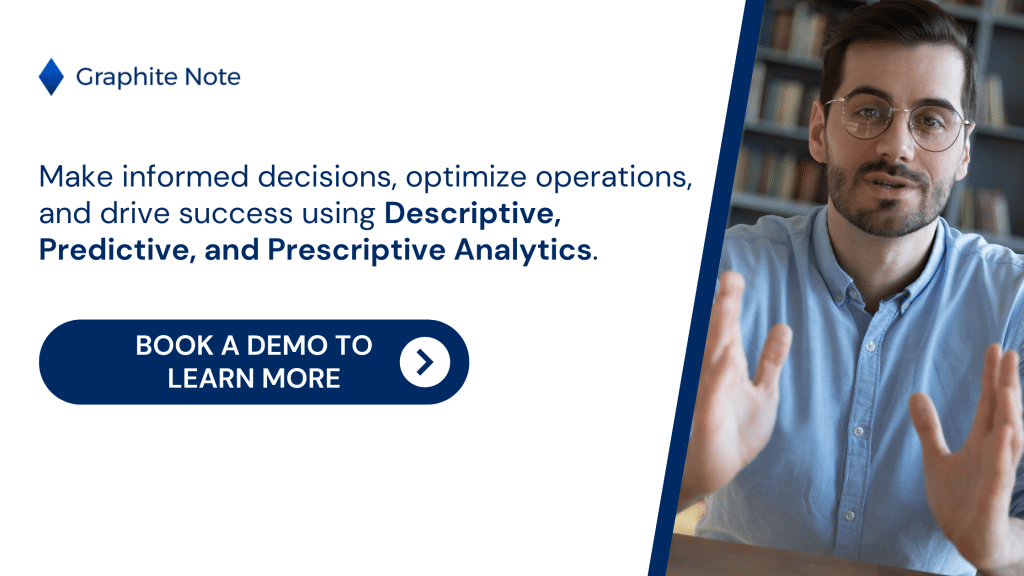Introduction
Descriptive, predictive, and prescriptive analytics can empower your business decision-making. These three different types of data play different roles in empowering your decision-making. Using informed decision making, you can achieve key business objectives. These different data sets serve as a guide for your business decisions. These data sets can help you outline possible outcomes, and help with demand planning. These analytics can help you understand customer data and market trends. You can undertake diagnostic analytics and better understand your business.
Machine learning models and data
Descriptive, predictive, and prescriptive analytics help you turn raw data into actionable strategies. These analytics help you understand your business’ big data, and drive best possible success. Your business gets valuable insights and a competitive advantage with machine learning. Data science helps you understand your customer behavior, supply chain, and customer experience. Business intelligence can help you create personalized customer experience. Data science also helps you conduct root cause analysis. Machine learning algorithms help you also understand historical sales data. Business analytics can help you implement statistical modeling for your business. Data analytics are the key to improving your business from every angle.
What are descriptive analytics?
Descriptive analytics looks at past data and tells us what has happened. Descriptive analytics provide a clear picture of where your business has been. Descriptive analytics use historical data. Descriptive analytics are the foundation of all data-driven decisions. Descriptive analytics give us a solid understanding of past trends and performances.
Descriptive analytics are the foundation of data analysis
Descriptive analytics is the cornerstone of any data analysis. Using descriptive analytics involves collecting and summarizing data from various sources to produce a comprehensible narrative. Descriptive analytics uses measures of central tendency and variability. Descriptive analytics also uses data aggregation and data mining techniques. Understanding past performance allows you to identify strengths, weaknesses, and trends. Descriptive Analytics helps businesses understand their past.

An example using descriptive analytics
A retail business can use descriptive analytics to understand past sales trends and customer behavior. Descriptive analytics can help you assess the success of previous marketing campaigns. These insights can inform future strategies and help you avoid repeating past mistakes.
What are predictive analytics?
Predictive analytics uses historical data, statistical algorithms, and machine learning techniques to predict future outcomes. Predictive analytics give you an idea of what lies ahead. Predictive analytics give you insights into what could happen in the future. This enables you to prepare and plan.
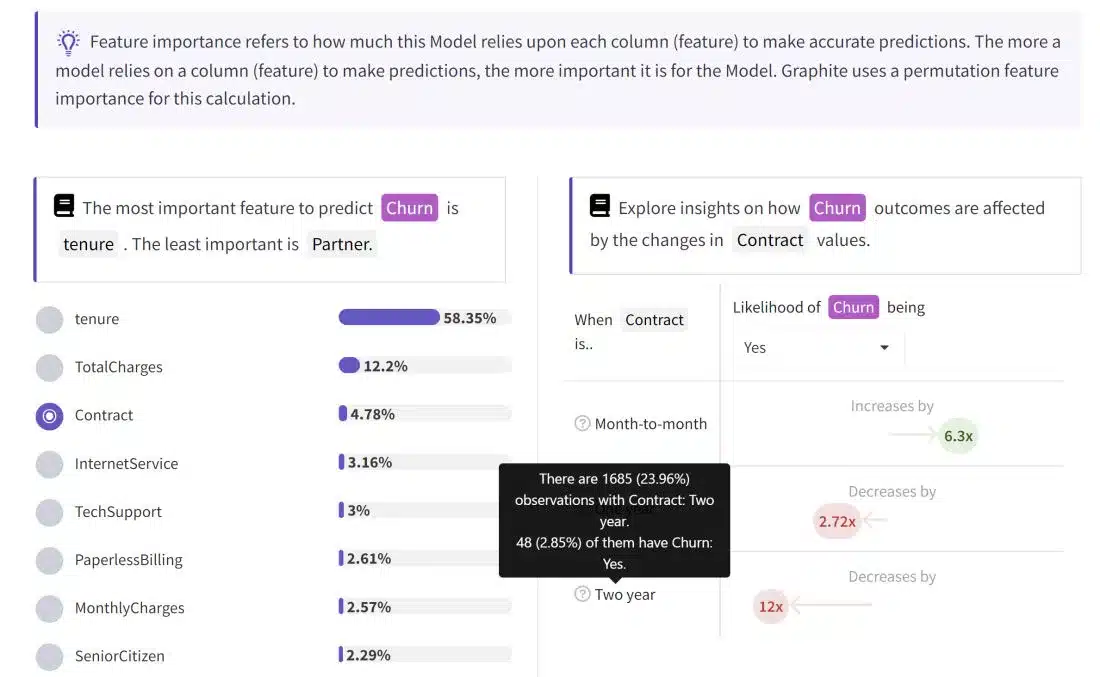
Predictive models enable you to anticipate the future
Predictive analytics use statistical models and forecasting techniques to understand future performance. Using historical data, predictive analytics helps you prepare for various business scenarios. Predictive analytics gives you a glimpse into your business’ future. Predictive analytics can help you identify potential opportunities and risks. This helps you to make proactive decisions. Predictive analytics is an invaluable tool in the world. Your business needs to be one step ahead of your competitors.
An example of using predictive analytics
An insurance company can use predictive analytics to calculate the likelihood of a claim. This can then inform decisions around pricing strategies and risk assessment. You can use predictive analytics to target cross-selling and predict customer churn. Predictive analytics can help you analyze customer behavior and purchase history. You can use this information to predict cross-selling opportunities. You can use predictive analytics to see which customers might buy other products. You can also use predictive analytics to predict potential customer churn. When you can predict customer churn, you can take proactive measures to keep your customers. Predictive analytics give you the ability to take strategic actions today to secure a successful tomorrow. You can also use predictive analytics to forecast product demand and revenue.
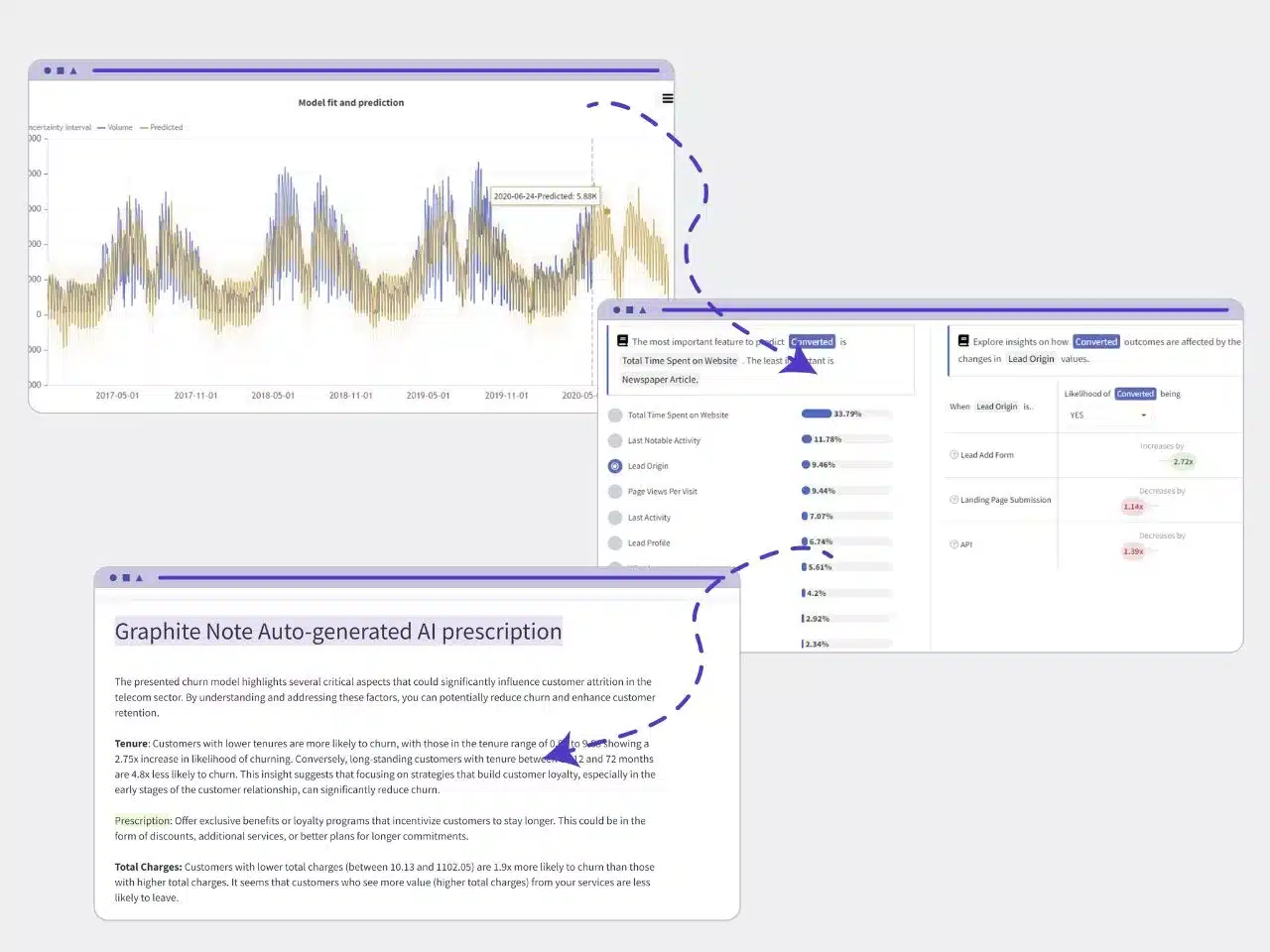
What are prescriptive analytics?
Prescriptive analytics is the strategist of the group. Prescriptive analytics goes a step further. Prescriptive analytics forecasts what will happen. Then, prescriptive analytics suggest actions you should take to benefit from these predictions. Prescriptive analytics recommends what steps to take to eliminate a future problem. Prescriptive analytics guides you towards taking full advantage of a promising trend.
Prescriptive analytics guides decision making
The global predictive analytics market size is projected to reach $35.45 billion by 2027. This highlights a growth rate of CAGR of 21.9%. Pecan AI recently reported that 84% of marketing leaders use predictive analytics. Many, however, struggle with data-driven decisions. Prescriptive analytics is a crucial tool for business leaders. Prescriptive analytics help you make informed decisions and stay ahead of the competition.
Prescriptive models provide actionable recommendations
Prescriptive analytics is the most advanced form of analytics. Prescriptive analytics goes beyond telling us what has happened and what might happen. Prescriptive analytics suggests actions to benefit from future scenarios. Prescriptive analytics uses complex algorithms and computational modeling techniques. Using this, prescriptive analytics offers you optimal ways to handle future scenarios. The beauty of prescriptive analytics lies in its ability to provide actionable recommendations. It’s like having a trusted advisor who understands your business. Prescriptive analytics gives you tailored advice based on a wealth of data. Prescriptive Analytics guides how to navigate that future best.
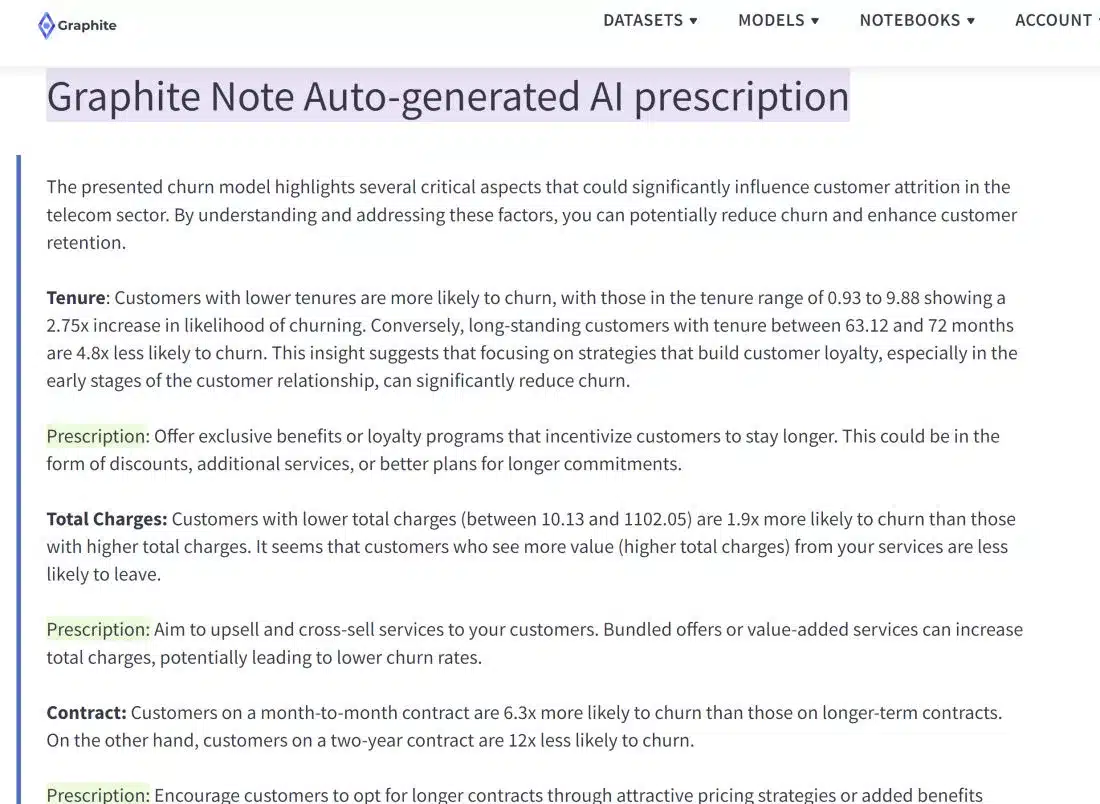
An example of using prescriptive analytics
A logistics company can use prescriptive analytics to optimize delivery routes and schedules. Using predicted traffic patterns, prescriptive analytics can save the business time and money. In marketing, you can use prescriptive analytics for predictive lead scoring. Identifying potential customers is like finding a needle in a haystack. Prescriptive analytics uses historical data to identify patterns. Prescriptive analytics can help you predict which leads are most likely to convert. You can then score your leads and plan appropriately.
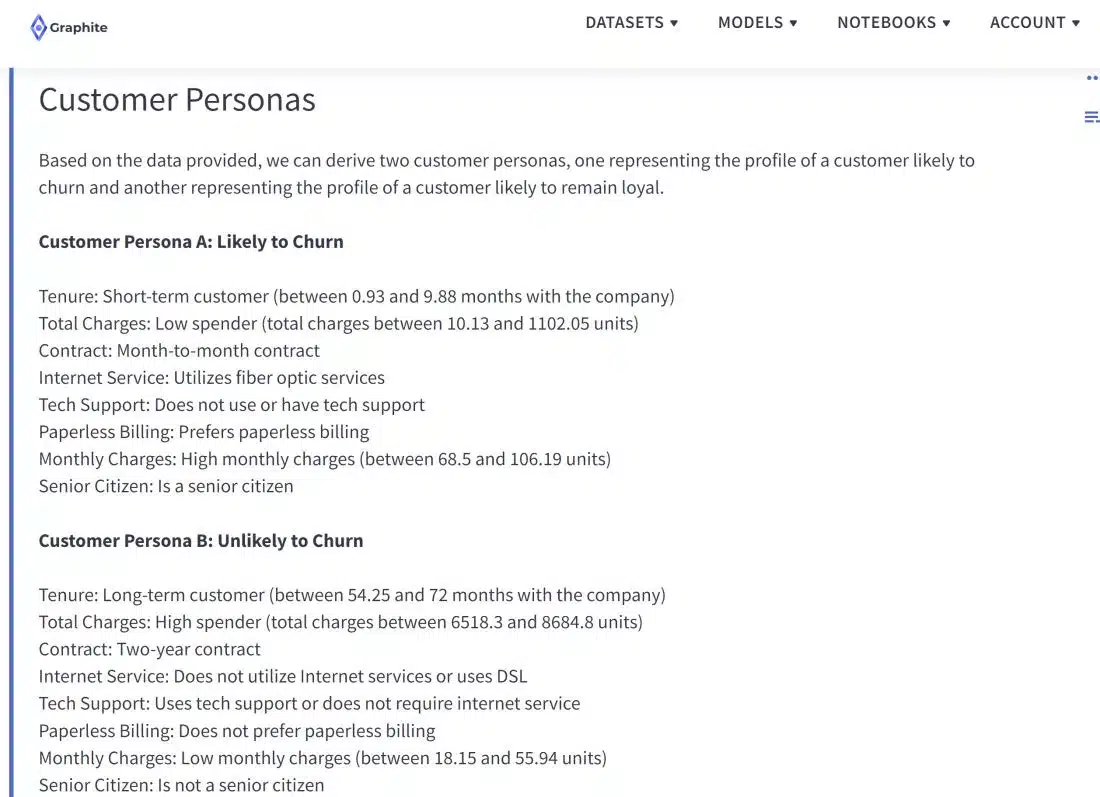
Descriptive, predictive, and prescriptive analytics each play a crucial role in data-driven decision-making. Descriptive analytics helps businesses understand their past. Predictive analytics help you anticipate the future. Prescriptive analytics guides you on how to navigate that future best. Using these three sets of data helps you make informed decisions, optimize operations, and drive success.
